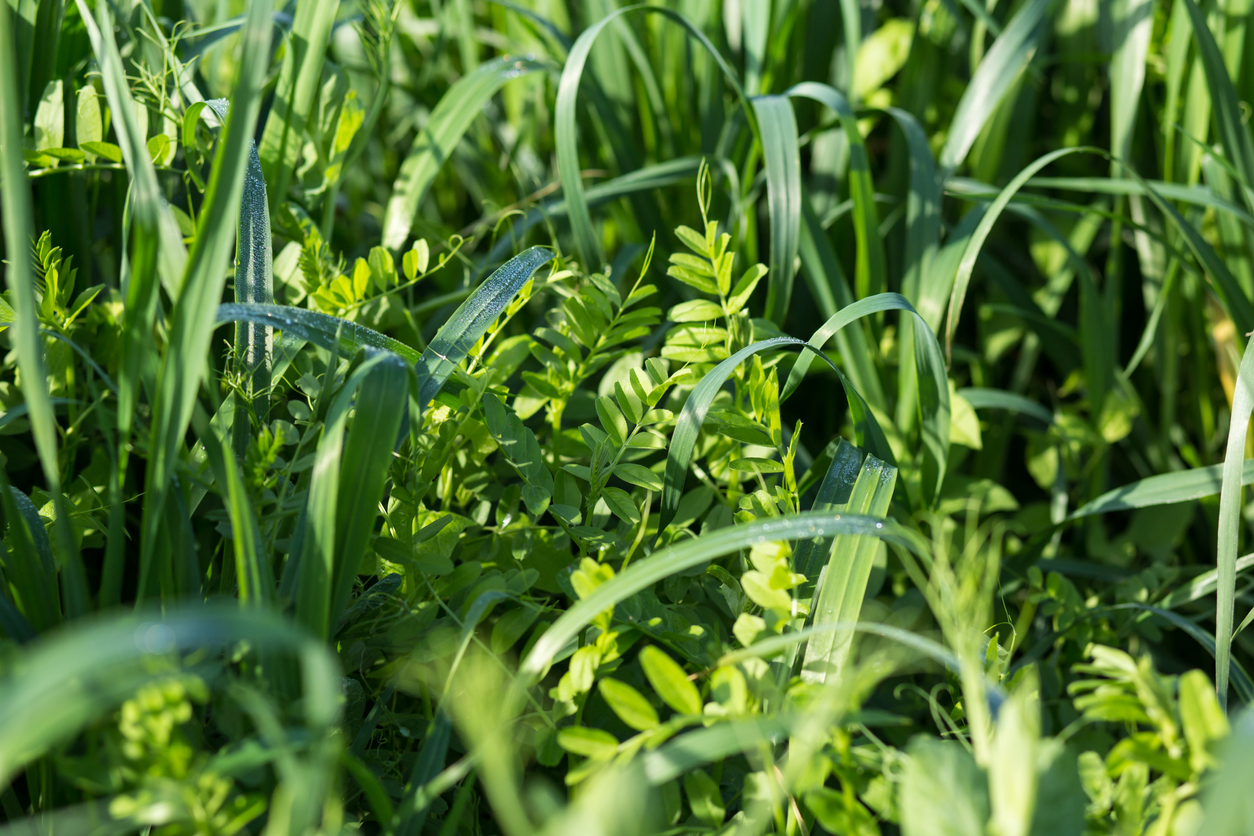Soybean Sudden Death Syndrome

Sudden Death Syndrome (SDS) and soybean cyst nematode (SCN) damage are often linked together. SDS is a soil borne fungal pathogen (Fusarium virguliforme) that invades the roots and lower stems of soybeans producing a toxin. SDS can devastate soybean fields causing aborted flowers and yellow dying plants. SDS has two major phases. In the first phase, it attacks the roots then in the second phase, it attacks the leaves causing leaf scorch. SDS infection occurs early in the season and then the SDS symptoms show up later in the season. SDS and SCN symptoms are more prominent in hot dry years. Foliar SDS symptoms include small to pale green leaves early on with small circular spots in the late vegetative stages to early reproductive soybean stages. The area between the leaf veins turn bright yellow then brown as the disease progresses. When the infection get severe, on roots, blue fungal masses can be seen. SDS is common on sandy soils, top of hills and knolls, but also on plants unde...

.png)

.png)